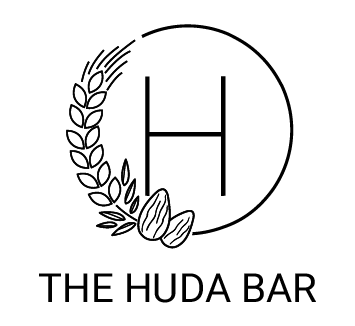
Have you ever taken the time to read labels on the back of your favorite snacks? How good or bad is it for you? Or you just don’t know what it all means? Here’s a quick guide on understanding all the little details on nutrition labels.

Packaging labels
Firstly, whatever claims are printed on the front are to be ignored. Front labels are usually marketing lures and are sometimes misleading. Your best bet is to check the ingredients list on the back.
Ingredients List
Next, go through the ingredients list in detail. Usually listed in the order of the quantity used - from highest to lowest. The first ingredient used is what the manufacturer has used the most of.
Serving Size
Also, take note of serving sizes. Labels usually show the calories and nutrients available in a single serving size. But the packaged portion may be larger or smaller than a single serving. So you will have to multiply each portion with the serving size mentioned to know what you will be consuming.
Percent Daily Values
Let the Percent Daily Values be a guide to what you consume in a day. It shows how much a nutrient in the given serving size contributes to your daily needs. It can tell if it is high in nutrition or not.
- 5% DV or less of a nutrient per serving is considered low
- 20% DV or more of a nutrient per serving is considered high
Also compare food products from different brands with the same serving size, so you can pick what’s best for you.
Nutrition Terms
Nutrition terms also play an important role in how you make an informed decision. You will often see terms like low calorie (1/3rd calories of the original product from same brand), whole grain (whole grains have to be first 3 ingredients listed), organic (research the brand’s manufacturing process and supply chain), low calorie (equal to or less than 5 calories), fat free (less than ½ gm fat/sugar per serving), low sodium (140 mg or less salt per serving) etc.
You will not have to always give up all your favorite foods. If you track your food intake daily, you can then make dietary trade offs throughout the day. Say a food you like is high in saturated fat, balance it with foods that are low in saturated fat at other times of the day.
All this may seem like a lot of math and research that’s time consuming. The best way to avoid this scenario is to eat as much whole foods as possible within a reasonable calorie limit. Fibre rich, fresh and locally sourced foods are always advisable. And if you still need to buy packaged foods, then this article should help make an informed decision.
If you want a bit more, here is a 29-min video of our co-founder, Huda Masood, giving a presentation on the topic a few years ago.
